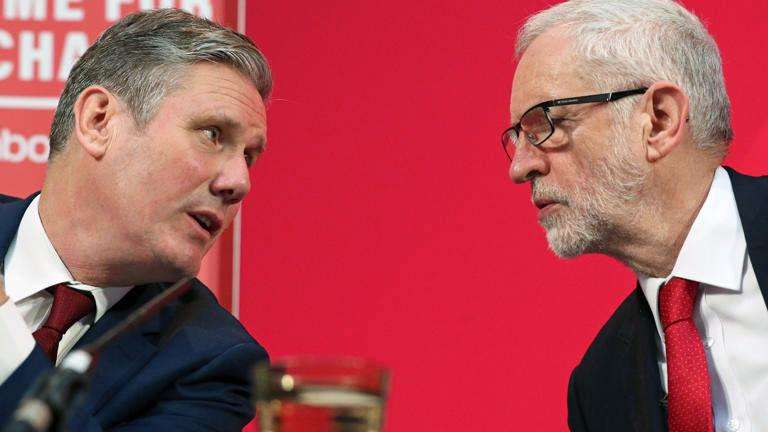The Labour Party is grappling with a significant internal challenge: a continuous decline in membership despite its recent general election landslide. This membership drain, with one in ten members leaving in the past year alone, signals a deeper unease within the party's ranks. The latest figures show a loss of over 37,000 members in 2024, bringing the total down to 333,235. This represents a staggering one-third decrease since the party's peak of over half a million members under former leader Jeremy Corbyn in 2019.
The Internal Fault Lines
The exodus isn't just a numbers game; it reflects deep-seated ideological rifts. Many former members are voicing discontent with the government's stance on key issues, including its policy on the conflict in Gaza, welfare reform, and trans rights. These are not minor disagreements but fundamental clashes between the party's current direction under Sir Keir Starmer and the more left-wing, socially progressive base that expanded significantly during the Corbyn era.
The membership decline suggests that the party's shift toward the political center, while successful in winning a general election, has alienated a core segment of its support. This group, which once energized the party's grassroots, now feels unrepresented and is seeking alternative political homes.
The Future of the Labour Left
The fragmentation of the Labour movement is evident in the rise of alternative political ventures. A new political party, led by former leader Jeremy Corbyn and ex-Labour MP Zarah Sultana, has reportedly attracted over 800,000 registered supporters since its recent announcement. This new movement is drawing support from those who feel politically homeless and marks a potential new home for a significant portion of the disenfranchised Labour left.
This new political force poses a distinct threat to Labour's long-term unity. While Labour has secured a majority, the continued existence of a strong, well-organized left-wing alternative could siphon off votes and support in future elections, particularly in constituencies with a large progressive base. It also complicates Labour’s internal power dynamics, as the party must now contend with a rival on its left flank, potentially influencing policy decisions and internal debates.
The party leadership's challenge is to navigate this treacherous political landscape. Starmer's government must balance its legislative agenda with the need to rebuild bridges with its alienated members. The future of the party hinges on its ability to re-unite its disparate factions and re-energize its base, or risk further internal fragmentation and a potential long-term weakening of its political foundation. The loss of members not only impacts finances—contributing to a £3.8 million deficit in 2024—but, more critically, it erodes the grassroots activism and volunteer base essential for sustaining a political movement.



_2.jpg)
_3.jpg)



.svg)


_2.jpg)